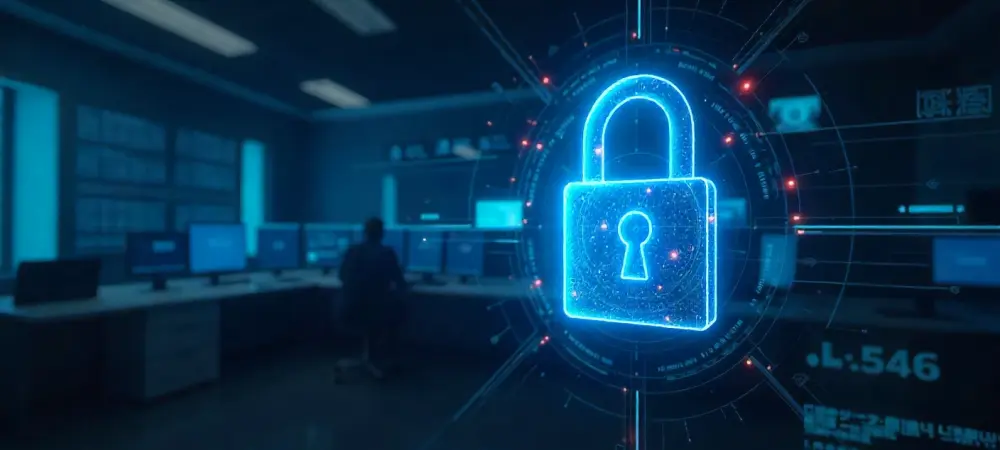Across the globe, over 75 company servers have fallen prey to a formidable cyber attack exploiting a grave flaw in Microsoft SharePoint Server. This breach, wielding a zero-day vulnerability ranked with a glaring CVSS score of 9.8, poses a critical threat to organizational infrastructure, raising alarm among multinational corporations and government bodies.
The Crucial Role of SharePoint in Enterprise Security
SharePoint’s position as a linchpin in data sharing and management systems for organizations worldwide underscores this vulnerability’s severity. With its extensive use in collaborative environments, any compromise could lead to significant disruptions. A breach of this magnitude has the potential to ripple across global supply chains, affecting both national security and business operations by granting unauthorized access to sensitive data.
Untangling the Technical Threat
At the heart of this threat lies CVE-2025-53770, a zero-day vulnerability allowing remote code execution through deserialization of untrusted data. This technical flaw permits attackers to execute malicious code from afar, exploiting gaps in security and often remaining undetected due to sophisticated methods like ToolShell, which manipulate security parameters and establish persistent intrusions.
Expert Opinions on Navigating Cybersecurity Risks
Cybersecurity experts emphasize the crucial need for robust strategies in countering these persistent threats. Eye Security’s CTO highlights the necessity of advanced endpoint detection, while insights from watchTowr CEO underline the threat’s complexity, particularly in exploiting __VIEWSTATE to achieve remote code execution. Collaborative efforts by Viettel Cyber Security and contributions from Trend Micro’s Zero Day Initiative have spotlighted adaptive responses to these challenges.
Microsoft’s Strategic Defense Mechanisms
In response, Microsoft is gearing up for a detailed release of patches aimed at neutralizing CVE-2025-53770. Their strategy includes guidance on configuring AMSI integration and deploying Defender Antivirus across all SharePoint servers. Their collaboration with CISA highlights a proactive approach to disseminate vital mitigation strategies to at-risk entities, reinforcing cybersecurity defenses through an organized international effort.
A Broader Look at Cybersecurity Defense
Microsoft’s quick development of updated patches reflects a commitment to addressing both CVE-2025-53770 and its newer iterations, offering robust defenses against potential threats. These efforts illustrate the ongoing need for vigilance and collaboration between public and private sectors to adapt to the rapidly evolving cyber threat landscape.
As digital landscapes continue to evolve, organizations have learned the importance of implementing comprehensive security measures. Lessons from this incident emphasize continuous monitoring, timely updates of defenses, and participation in collaborative security networks. These steps are essential in safeguarding systems against future vulnerabilities, demonstrating a strategic methodology against persistent cyber threats.

